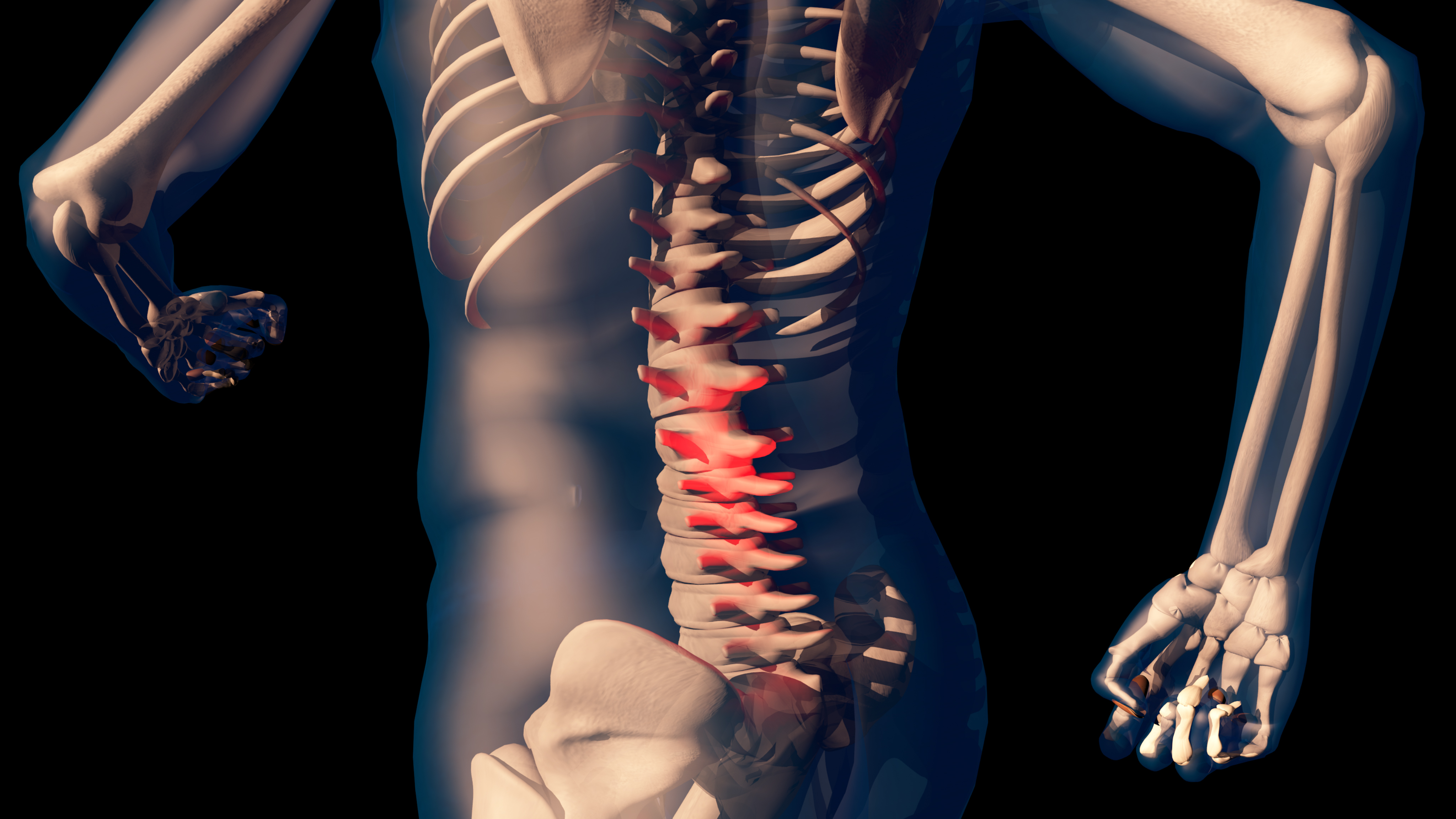What is a chiropractic adjustment?
A chiropractic adjustment is when chiropractors use hands-on techniques to manipulate a patient’s spine. Proper alignment of the body’s skeletal structure, specifically the spine, will promote the body to heal without surgery or medication. Chiropractic adjustments help improve mobility of joints by releasing them from tight tissue caused by an injury, such as falling, stress, sitting for long periods of time, and more. Adjustments can act as a pain reliever alternative for muscles, joints, bones, and connective tissue. It is sometimes used in addition with other medical treatment as well such as massage therapy, physical therapy, and maintaining good health through proper nutrition or weight loss.
What conditions can a chiropractic adjustment treat?
Chiropractic adjustments can be done for various reasons, but the most common are:
- Neck pain
- Back pain
- Migraines and headaches
- Whiplash
- Injuries such as falling and car accident
- Sports injuries
- Joint pain in arms, legs, and shoulders
Chiropractors use hands-on techniques or small instruments to apply sudden force to the spine. The various types of spinal adjustment methods all have the objective of relieving pain.

What to expect
Like most visits with a medical professional, a chiropractor will ask the patient questions about their pain, look over their medical history, perform a physical exam, and sometimes use diagnostic imaging (x-rays, CT scans, and MRIS) to help determine the underlying problem. The patient will lie down on a chiropractic table so the practitioner can deliver treatment. Depending on the injury, the patient’s position on the table can vary (face-down is common), as can the amount of pressure required to make an effective adjustment. While it’s true that chiropractic care is mainly to adjust the spine, it is not uncommon for a chiropractor to adjust the pelvis routinely as a part of treatment. Sometimes chiropractors will even adjust knees, feet, and wrists as well.
What are the benefits of a chiropractic adjustment?
Aside from relieving pain from injury, there are several other reasons a person may seek a chiropractic adjustment. In fact, adjustments serve other benefits such as improving joint mobility and health, loosening muscles that are caused by injury or stress, promoting faster healing, improving nerve irritability, decreasing degeneration of connective tissue (arthritis), improving posture, and more.
Feeling Pain in Your Neck or Back? We Can Help.
Is it safe?
Chiropractic adjustments are considered safe when performed by a trained and licensed chiropractor. Since every patient has different needs regarding their injury, a chiropractor will first spend time designing a unique treatment program. This ensures that the patient will receive proper care.
Is cracking and popping okay during a chiropractic adjustment?
Many patients associate cracking and popping with chiropractic care. These noises are not uncommon, but may not have anything to do with a successful chiropractic adjustment. These sounds are a result of cavitation—when fluid in the joints are released from stretching of the ligaments.
How long does it take for a chiropractic adjustment to work?
Determining when a patient should feel better depends on the size of the injury, how many regions of the spine need to be worked on, and a patient’s pain tolerance. A chiropractic adjustment doesn’t usually require only one visit, and most people report to start feeling better within 1 to 4 weeks. At the initial visit, the chiropractor will design a treatment plan specific to the patients needs. The best way to know how long it will take to heal is to contact your chiropractor and schedule an appointment.
Chiropractic Medicine Articles
Chiropractic Adjustment vs Spinal Decompression
When booking an appointment with your chiropractor, it can [...]
Chiropractic Care for Chronic Migraine Headaches
It’s happened again. You’ve woken up with chronic migraine and [...]
4 Things Chiropractic Care Can Heal
Chiropractic care can help whether you are struggling with a [...]
The Purpose of Acute and Chronic Pain
All pain can feel the same when it is being [...]




